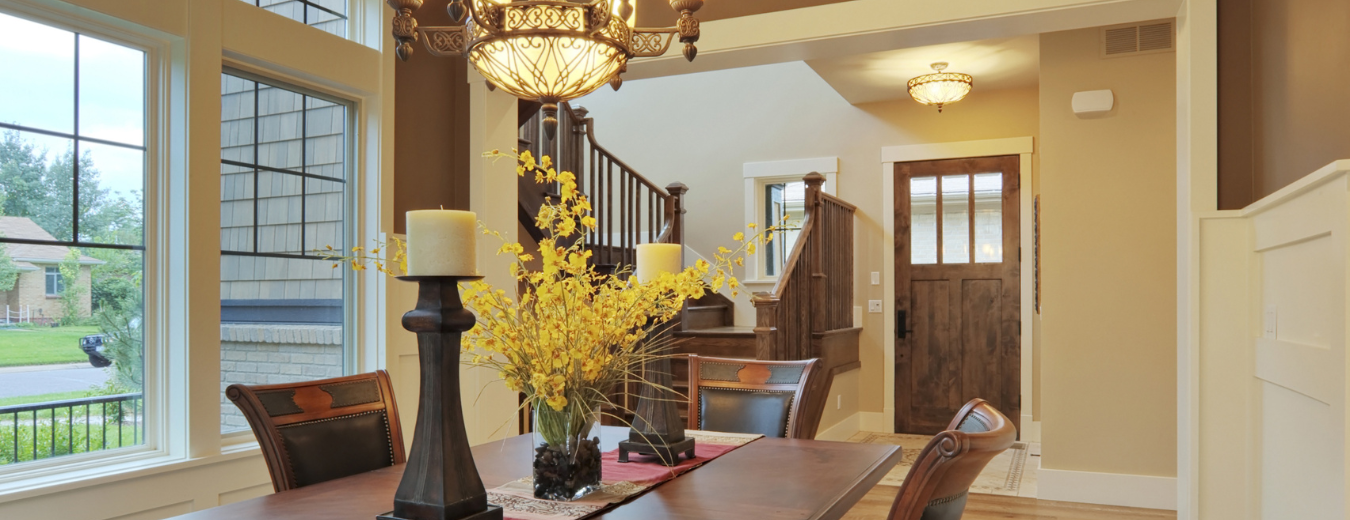
10 Common Exterior Paint Problems and How to Fix Them
Posted on May 24, 2019
An exterior paint job represents a significant investment of both time and money. Not all issues with exterior paint necessitate a complete overhaul—some can be addressed with targeted fixes. Let’s explore the 10 common exterior paint problems homeowners might face and the best ways to resolve them.
- High Paint Performance
In Southern Alabama, your home’s exterior battles the elements: wind, rain, scorching sun, and humidity. It’s commendable how well most paints endure these challenges, maintaining their appearance over the years.
Repair: When choosing paint for your home’s exterior, it’s crucial to select one that can withstand Southern Alabama’s specific weather conditions. Opt for high-performance paint designed for durability.
- Blistering Paint
Blisters under the paint often result from moisture in the wood attempting to escape. To prevent this, avoid painting during wet conditions or when high humidity is forecasted.
Repair: Remove any blistered paint to expose the wood. Paint during dry conditions, avoiding direct sunlight. After scraping, sand the wood smooth and apply a high-quality latex paint.
- Alligatoring and Checking
Alligatoring presents as a cracked paint surface, while checking is its less intense form. These issues can arise from improper paint application, such as applying a second coat before the first has adequately dried.
Repair: Sand off the old paint, apply a primer, and repaint with a flexible, latex-based paint suitable for the local climate.
- Efflorescence
Efflorescence occurs as salty deposits on masonry paint, caused by moisture drawing out salts from brick or concrete.
Repair: Identify and address the moisture source. Clean the affected area with a wire brush and TSP cleaner, then repaint with a quality latex house paint after ensuring the surface is dry.
- Chalking
Excessive chalking indicates a problem if a powdery residue forms on the paint surface, potentially staining nearby areas.
Repair: Clean the surface with a power washer or trisodium phosphate solution, rinse, dry, and apply a fresh coat of latex house paint.

- Sagging or Running
Paint that sags or runs off the surface may have been over-thinned or applied too thickly.
Repair: If wet, redistribute the paint with a brush; if dry, sand smooth and apply two thinner coats for even coverage.
- Mildew
Mildew, a fungal growth, appears as dark spots due to poor ventilation, lack of sunlight, or persistent moisture.
Repair: Clean the area with a bleach solution, rinse, and let dry before repainting with a quality latex paint designed to resist mildew.
- Rust Stains
Rust stains from nails or fixtures can mar paint surfaces, particularly when non-resistant metals are used.
Repair: Replace or treat rusted nails with galvanized or stainless steel alternatives, prime, and repaint with a high-quality, rust-inhibiting paint.
- Peeling Paint Due to Poor Adhesion
Peeling paint, often in small flakes, indicates underlying adhesion problems.
Repair: Remove peeling sections, sand for a smooth transition, apply a primer to exposed areas, and repaint with a durable paint.
- Peeling Paint Due to Moisture
Large peeling sections reveal moisture issues, commonly around windows, doors, and gutters.
Repair: Address moisture sources, repair any caulking or seals, then prepare the surface by scraping and sanding. Prime and repaint with a quality latex paint to ensure protection against Southern Alabama’s humid climate.
Choose the Painters With Plenty of Expertise in Mobile, AL
By addressing these common issues with informed repairs, homeowners in Southern Alabama can ensure their exterior paint remains vibrant and durable, reflecting the pride they take in their homes.






